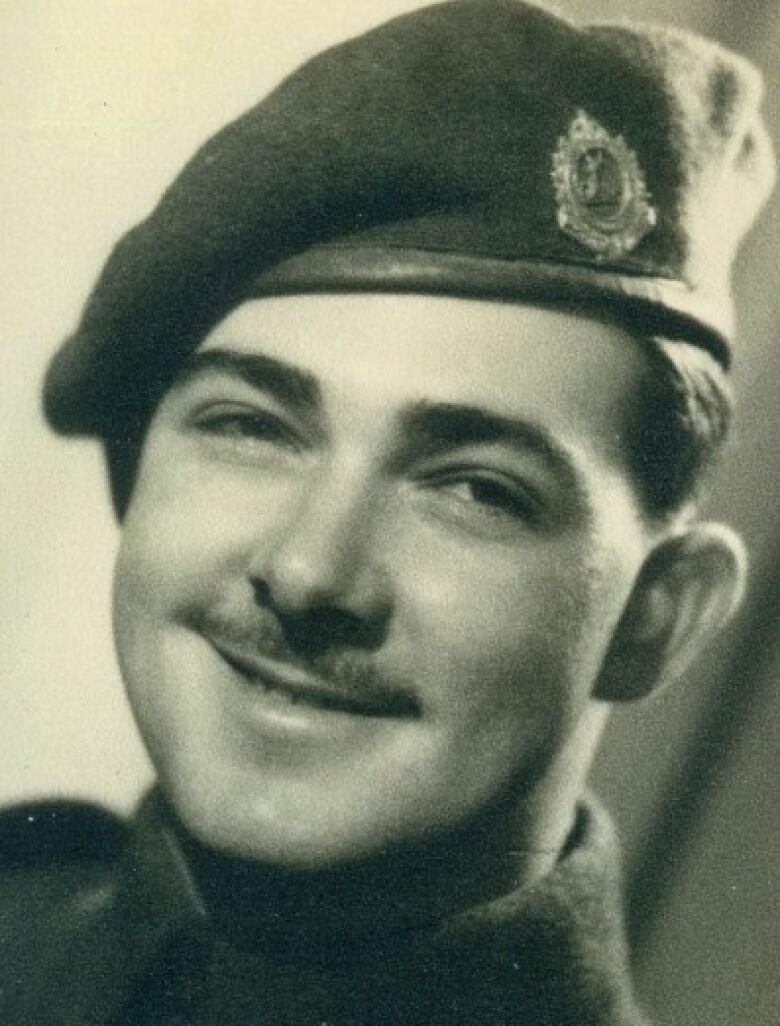'Scared all the time': D-Day vet shares the terror of Juno Beach
Havelyn Chiasson stepped off the landing craft and was immediately in battle
The terror of D-Day really strikes home when you have the chance to speak to someone who was there, CBC's Tom Murphy writes.
Whenever I see the grainy film footage of Canadian troops landing at Juno Beach during the Allied invasion of Normandy, I try to imagine what it must have been like. And then I met Havelyn Chiasson.
He was there three-quarters of a century ago as a radio operator serving with New Brunswick's North Shore Regiment.
"You're scared all the time all the time. Night and day," he said. "You think about it now you had no idea that it was going to be like that. No idea at all."

The landing craft carried Chiasson right onto the beach. He stepped off and was immediately in battle.
Others didn't get that chance. Their landing craft hit minesor they drowned when they were forced to disembark in deep water.
Those who made it ashore had to face the Germans' intense firepower.
"We lost 100 men in our regiment. Killed. So that was the biggest shock of all," Chiassonsaid. "We knew something was going to happen, but we had no idea that many men would be killed or wounded.
"And then, of course, the next day it just happened again. You just knew somebody was killed. Or Bill was killed. Jim was killed. You didn't pay much attention to it, you just had to keep on going."
Retracing a soldier's journey
I had the pleasure of riding the train from Amherst, N.S., to Halifax recently with Chiasson. It marked thesame route he took all those years ago before boarding the troop ships and heading over to England.

He told me the stories about training for D-Day, about the battles he endured, and about finally being told to send out the ceasefire message to the troops.
Chiasson also talked about his return visits to France and the war cemeteries there, where he recognized so many of the names on the tombstones of Canadian soldiers.
"I say to myself, 'Was that really necessary? Why? Why couldn't people just be able to talk some sense into one another?'
"But then I say to myself, 'Well, the same thing has been going to this day.' They're still fighting in all these countries, and they have more knowledge than those people did back in those days. I don't know. I don't know. It's a mystery"
And that is Chiasson's hard-learned lesson of the Second World War. It's one he says is still relevant 75 years later.
And then, as Chiasson and I part company, I wonder, if I had been in his boots, could I have done what he did.
Maybe you've wondered the same thing.













_(720p).jpg)


 OFFICIAL HD MUSIC VIDEO.jpg)
.jpg)



























































































